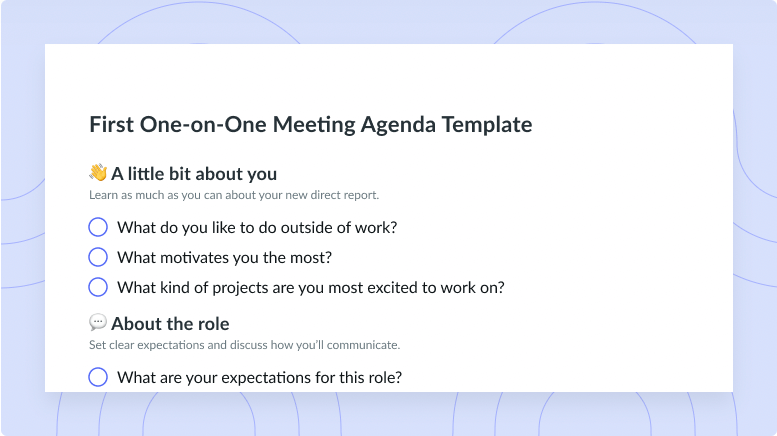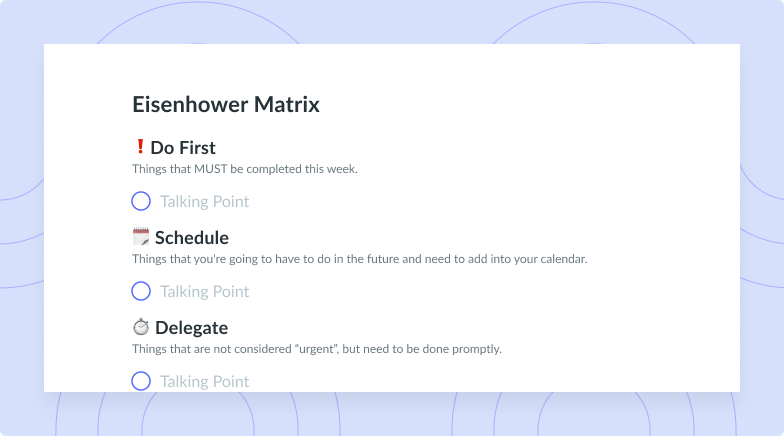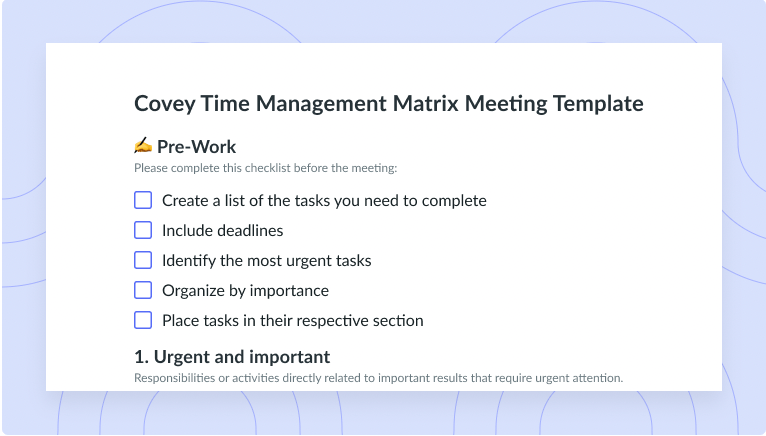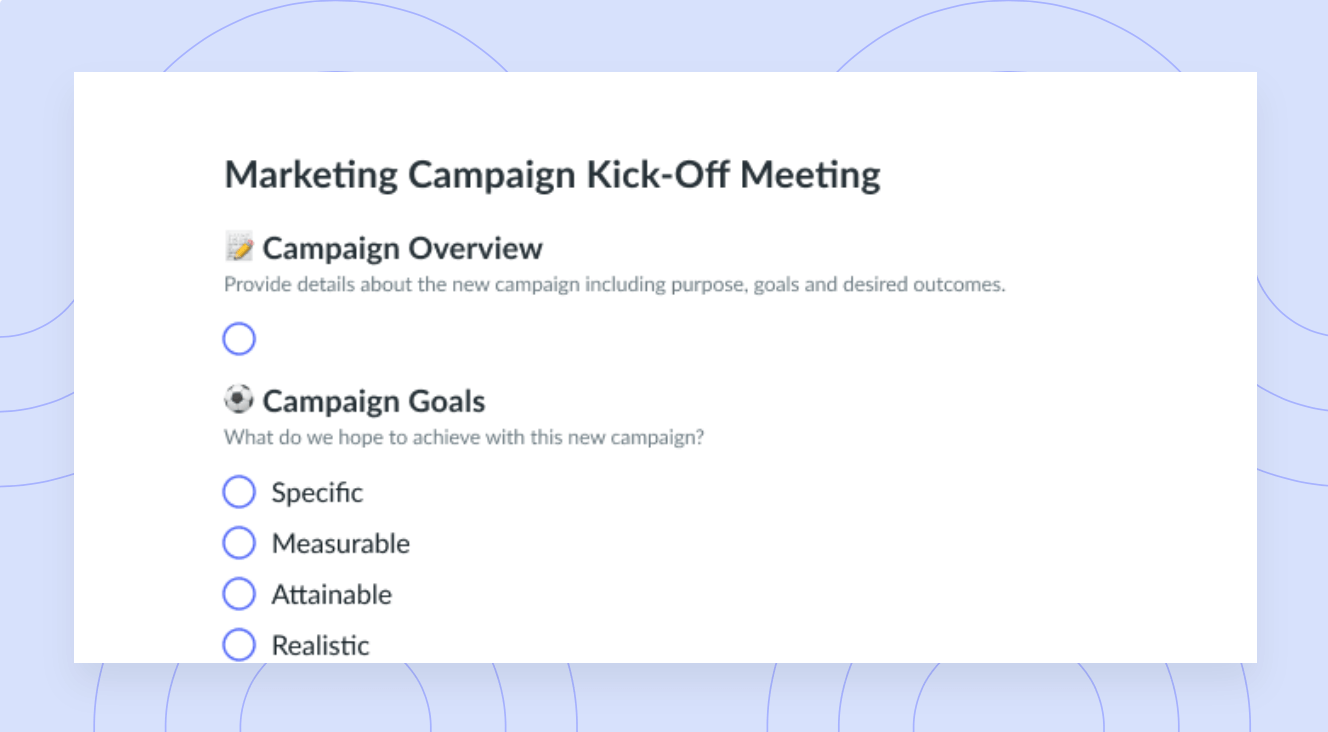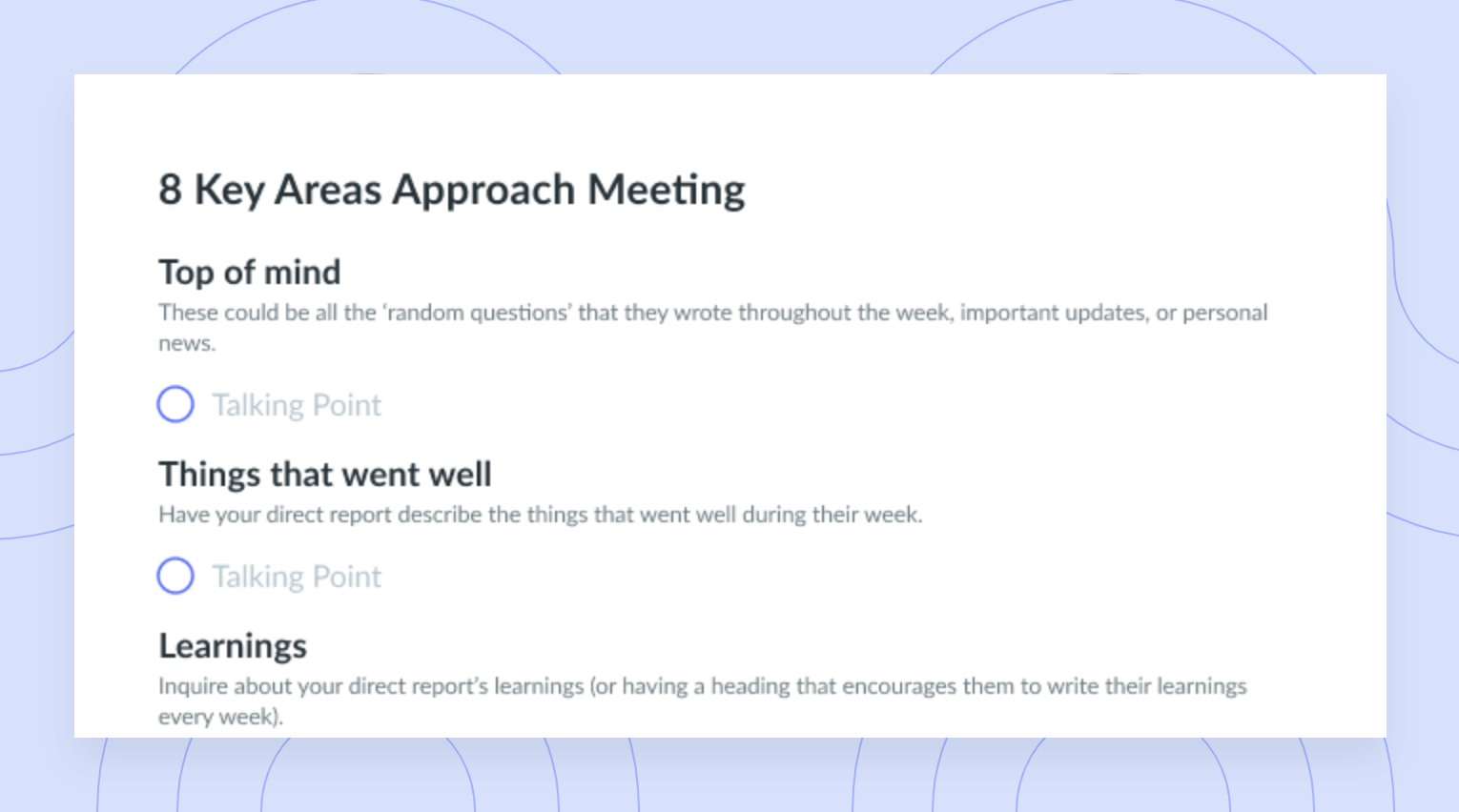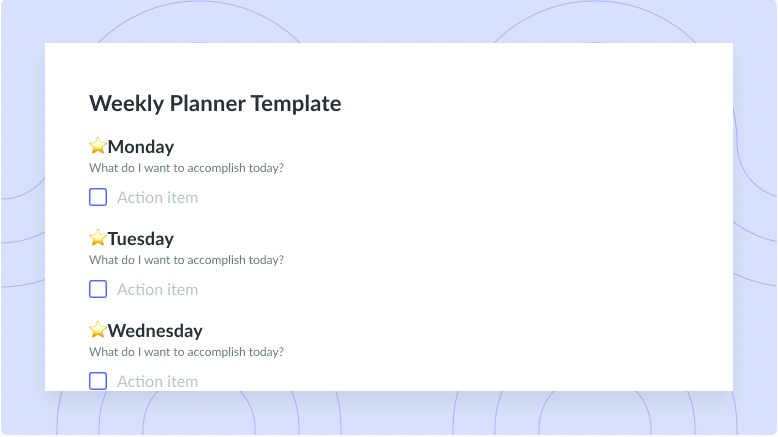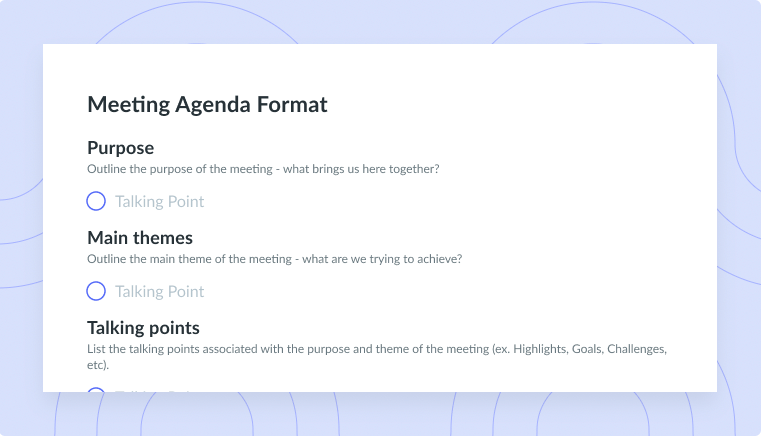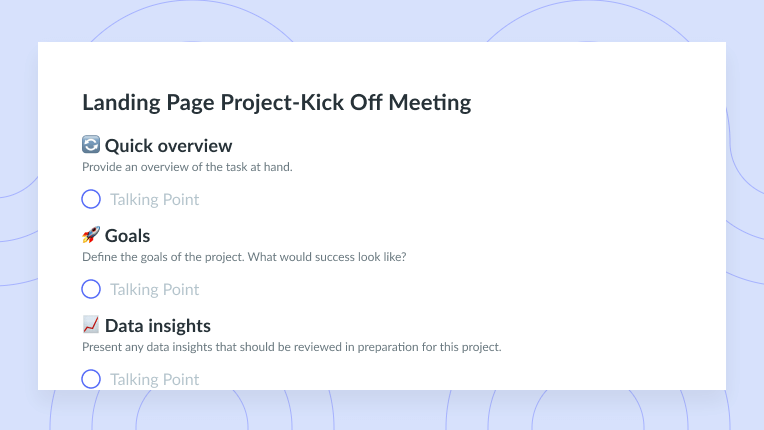GTD Method: A Complete Guide to This Productivity System
Does your task list have you feeling overwhelmed? This task management approach can help you maximize your productivity at work and home.
Your to-do list seems to keep growing, but you haven’t finished the tasks that are already on it. It’s quite common, but that doesn’t mean it has to be the norm. If you’re ready to conquer your task list, the Getting Things Done (GTD) method might be a perfect solution for you. In this article, you’ll learn more about this task management system and the steps you can take to free up some mental space and cross more items off your task list.
- What is the GTD method?
- How does the GTD method work?
- Who should use the GTD method?
- The benefits of using the GTD method
- Where to use apps for the GTD “capture” step
What is the GTD method?
The Getting Things Done (GTD) method is an approach to task and time management and personal productivity created by David Allen, a management consultant and bestselling author. In his book, Getting Things Done: The Art of Stress-Free Productivity, Allen explains the importance of writing down or recording information that’s in your head. From there, you can turn that information into an organized system of ideas, tasks, and steps to take.

Start getting things done!
Capture, delegate, and track your tasks to streamline productivity. Try a tool like Fellow today!
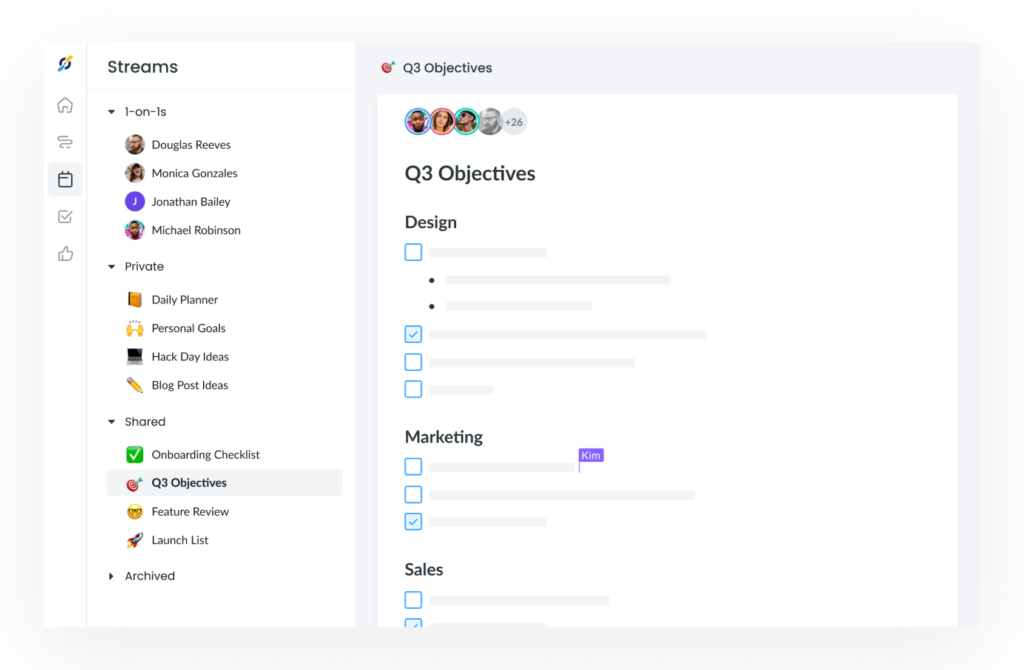
How does the GTD method work?
Think of the GTD method as an approach to starting a new jigsaw puzzle. In this case, your brain is the box, and your thoughts are the 100 scrambled pieces inside of that box. The GTD method works to help you lay out all of those pieces onto a large surface and arrange them accordingly. From there, you have a clear layout of all your pieces and can then decide where to start. To help you accomplish this organization, the GTD method involves five steps.
1Capture
In the first step, your main goal is to record tasks, daily responsibilities, appointments, ideas, and other similar thoughts and start storing them in an external system. You have a few options for how to store this information, and you can even use a combination of them. You can use a physical inbox, like a filing system with an in-tray or shelves to hold files and documents.
You can also use a virtual inbox, like your email inbox or a note-taking application. If you’re using Fellow, you can even take this step to your meetings by tracking and recording action items. Keep in mind that your inbox, whichever one you choose, isn’t a definite pile of information. No matter which method you choose, you’ll keep adding to it over time.
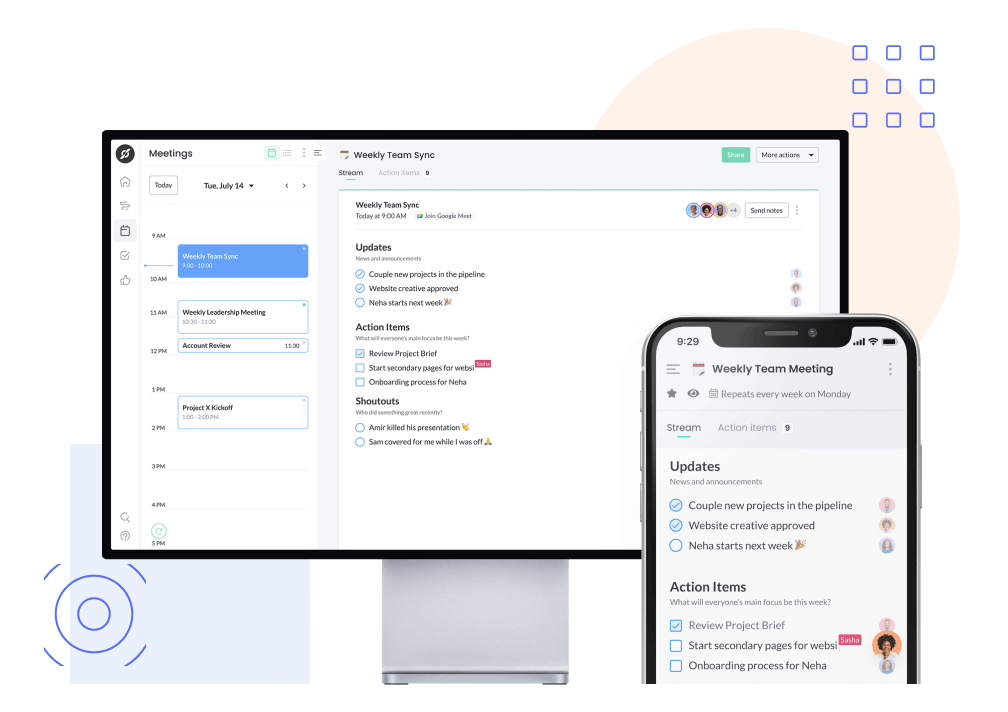
2Clarify
Now that you have items in your inbox, you need to review and process them and place them into their appropriate categories. This way, you can determine how to later proceed. In this step, you want to take any ambiguity out of your tasks and make them as clear and straightforward as possible.
To start, gather all of your actionable tasks. From there, you can determine which ones you need to delegate among your team, which ones you need to tackle immediately, and so on and so forth. Then, set aside any tasks that aren’t actionable or necessary as reference materials so you can tend to them later. Or you can throw those items out entirely.
If there are any tasks you can complete in fewer than 10 minutes, go ahead and do them now. Don’t add them to your GTD to-do list.
3Organize
When you worked on clarifying your tasks, you got a head start on this step, but now it’s time to organize each of these items specifically by type. Keep in mind that this and the following steps only apply to the tasks you designed as actionable. Any others should stay in your “for later” folder until you’re ready for them.
For your actionable tasks, put your appointments and events into your calendar. If there are tasks you need to complete to prepare for those appointments, record those tasks separately.
In the GTD method, any task that involves other smaller tasks is a project. So gather all of your multi-task items, and put them on a project list. Once you’ve gathered your projects, you can add their deadlines to your calendar.
Add all the tasks that aren’t tied to a project to a separate “next actions” list. This list will include the tasks you plan to complete during your next opportunity. Depending on how specific you want to get with your organization, you can categorize these tasks into smaller groups. For example, you might make categories for work-related tasks, meetings to schedule, phone calls, and personal tasks.
You’ll also need to make a list of the tasks you’ve decided to delegate to your team members. This way, you can remember to check in with them periodically and assess their progress.
4Reflect
Throughout your day, take a look at the calendar so you can adequately prepare for upcoming appointments and structure your other tasks accordingly. You should also review your “next actions” list at least once every day so you can determine where to focus your attention in between those events.
You should also do a GTD weekly review to clear your mind by recording any new ideas and tasks, just like you did at the beginning of the GTD workflow. Clarify and organize these new items, and update your to-do list, calendar, and list of delegated tasks. You should also cross off all the tasks you’ve completed. This way, you know what you need to accomplish during the next week.
5Engage
With several tasks on your to-do list, how do you determine what to work on next? Try assessing a task’s context. With the GTD method, a task’s context is based on the people, tools, and situations that affect your ability to complete it. Say, for example, your IT team is going to be out of the office at the end of the week. You might prioritize speaking with an IT member about an issue you’re having with your organization’s new software.
You can also assess the amount of time you have available to complete a task. If you have five minutes between one meeting and another, you might go ahead and place the catering order for your company’s upcoming lunch meeting. But now might not be the time to review your team’s marketing plan for the next quarter.
You can also determine which task to tackle based on your energy levels. If you know you tend to get groggy near the end of your work day, you might want to put the tedious task of reviewing financial reports earlier in the day.
Finally, you can choose a task based on its priority. Let’s say you want to get something done during your lunch break. You could make a few phone calls, but you might want to prioritize booking a flight and hotel for your upcoming business trip.
Who should use the GTD method?
Tight deadlines, scattered task lists, stacked appointments: You might deal with these elements quite often. The GTD method could be a great solution to these issues, especially if you:
- Get lost in all your responsibilities
As a leader, your responsibilities span many areas, from meeting with job candidates to managing inventory and conducting performance reviews. Your responsibilities on one day might be entirely different the next day. The GTD method can be useful for organizing your tasks and keeping track of them all.
- Don’t want to forget the little details
Some tasks have two, three, or four other tasks wrapped inside of them. Say, for example, your team wants to host a large fundraiser. You can write, “Plan fundraiser,” on an ordinary to-do list. But you’ll quickly realize this task involves coordinating with donors, designing invitations, ordering decorations, and much more. Creating a GTD-style task list can help you account for even the smallest details involved in planning fundraisers and completing other tasks.
- Play several roles at work and at home
Officially, you’re a manager. But your many responsibilities at work require you to hold the positions of inventory specialist, budget analyst, program coordinator, and many other roles. With these roles come responsibilities and their respective tasks. And that’s just at work. When you leave the office, you take on the roles of your home life. Between your tasks at home and work, you need an approach that’ll help you stay on top of everything.
- Can’t seem to finish projects you start
You could have every intention of focusing on your projects and completing them before their due dates. But all too often you might find yourself working right up to a deadline or even moving on from a project before completing it. Using the GTD method helps you break large projects into smaller tasks that are easier to tackle. This approach can give you a sense of accomplishment with some momentum to continue working on a project.
- Have never used GTD
Chances are, if you’re reading this article you’re looking for a way to maximize your productivity and organization. But even if you’re a pretty organized person, the GTD system might be just the approach you need to increase your efficiency and have some time left for yourself. We all like feeling a sense of accomplishment. That’s why the GTD method is for just about anyone. Besides, it doesn’t hurt to try it at least once.
The benefits of using the GTD method
While the GTD method is a productivity system, this approach can bring several other advantages to both your work life and your home life. Below are some advantages that can come with using this approach.
- Increases dependability
- Improves organization
- Helps manage your time
- Gives you control over your day
1Increases dependability
If you’re constantly completing your tasks late or aren’t even getting to all of them, you could be affecting a team member’s ability to do their job. Because the GTD method helps keep you on top of your tasks and projects, you’re helping your team trust that they can depend on you to finish your responsibilities on time.
2Improves organization
With the GTD method, you have a specific approach to use for organizing even the smallest of your tasks. From there, you can determine how to approach each of your responsibilities and ensure you’re delegating enough time for them.
3Helps manage your time
It can be easy to feel overwhelmed while staring at a to-do list that’s stacked with tasks. But the GTD method goes beyond just creating a list. It helps you contextualize and prioritize tasks so you’re tackling them strategically and optimizing your time.
4Gives you control over your day
The GTD method isn’t a list of instructions that dictate how you need to order all of your tasks. Think of this approach like a system for guidance. This means you get the freedom to weigh the important factors in your life and decide how and when you should approach each of your responsibilities.
Where to use apps for the GTD “capture” step
Digitally capturing your responsibilities allows you to record tasks from anywhere without having to find a pen and paper. If using an app is the method you prefer, we don’t want to leave you without a few useful suggestions. So below you’ll find a few places you can use apps to fulfill the “Capture” step of the GTD method.
On your computer
There are several apps and programs you can download to use on your computer. Many of these apps offer options for note-taking and creating bulleted lists for recording and tracking tasks. With Fellow, you can add new tasks to your list, plug in meeting action items, add talking points for meetings, communicate with your team members to delegate tasks, and much more. You can also make a note in the Fellow app, send it to your email inbox, or even forward it to a colleague.

On your phone
Your phone probably came with a notepad app, and you may have downloaded another app with more advanced functions, like highlighting, pinning, and sorting notes. Many mobile phones also allow you to make voice recordings, so you can record a thought right as it comes to you.
Right from your emails
Your email service already has its own inbox. So you can take any email you receive that contains a task and put it directly into a folder in your inbox. You can also use your email to record your own ideas. Try typing up a quick email and saving it as a draft or sending it to yourself so you can file it in an appropriate folder.
In your web browser
Some task management applications come in the form of web browser extensions, letting you save websites and store them in folders as tasks. This way, when you’re ready to complete an online task, like submitting an equipment order), you already have a link that will take you directly to the page you need.
Doing all the things with GTD
With the Getting Things Done method, you can turn the hundreds of scattered thoughts and responsibilities that seem to be swarming you into an actionable to-do list. And by using a tool like Fellow in conjunction with GTD, you can easily capture, delegate, and track your tasks to get the most out of this approach. Who knows, you just might find yourself with so much time on your hands you’re looking for more tasks to add to your list.









